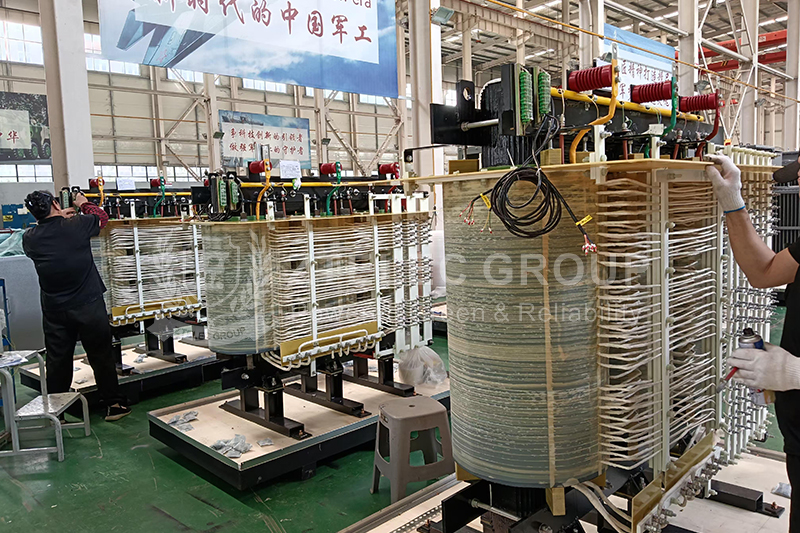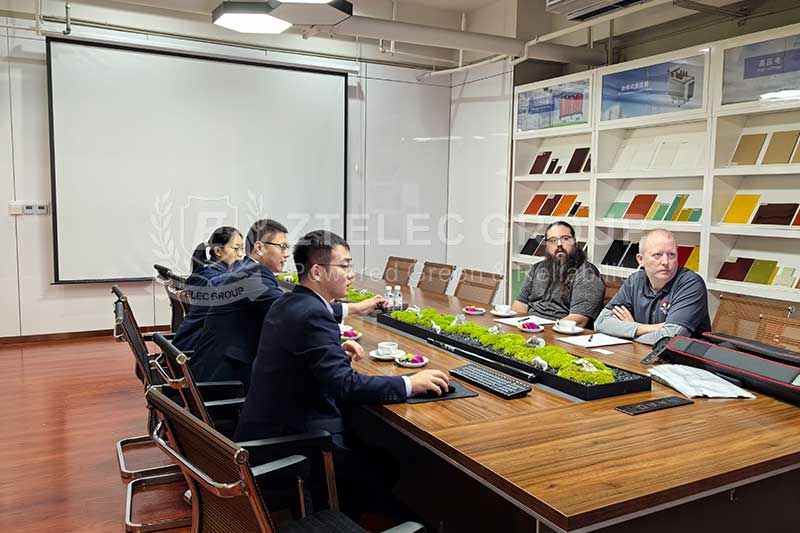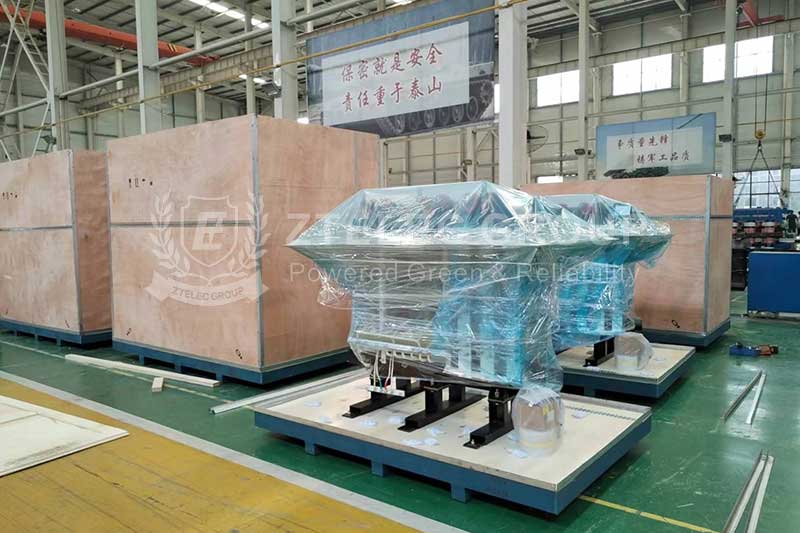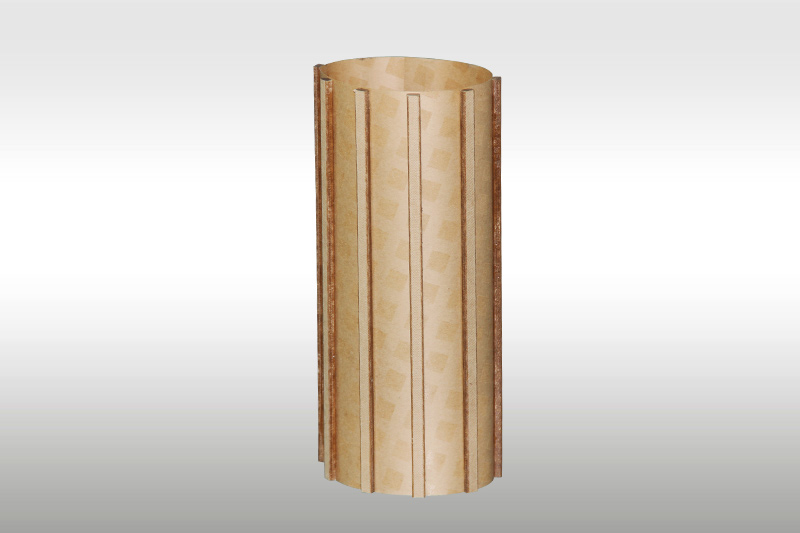What is the working principle and composition of a transformer?
2024-01-05 16:51 | By: ZTELEC-www.ztelecgroup.com | 142click
1. what is a transformer
A transformer is an electrical device that transfers electrical energy between two or more circuits through electromagnetic induction. Here's a simplified explanation of how a transformer works:
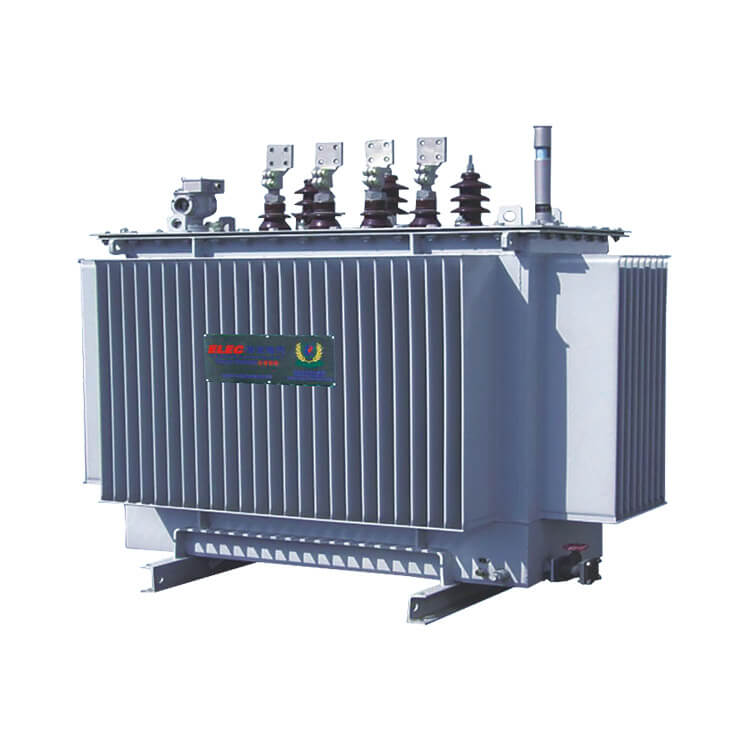
2. transformer work Principle of operation.
The working principle of a power transformer is based on two basic principles: electromagnetic induction and Faraday's law of electromagnetic induction.
Electromagnetic induction: when the transformer in the primary winding (also known as the input winding) into the alternating current, the resulting alternating magnetic field will pass through the core of the transformer, and then be induced in the secondary winding (also known as the output winding) in the electromotive force, thus generating current in the secondary winding
Faraday's Law of Electromagnetic Induction: Faraday's Law of Electromagnetic Induction states that when the rate of change of magnetic flux changes, an induced electromotive force is generated in a conductor. In a power transformer, a change in the alternating magnetic field in the primary winding causes an induced electromotive force in the secondary winding.
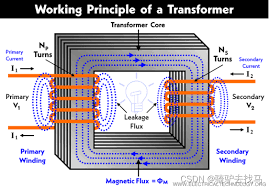
3.Basic Components:
A transformer consists of two coils of wire, known as the primary coil and the secondary coil, wound around a common magnetic core. The coils are usually made of insulated copper wire.
AC Power Supply:
Transformers are designed to work with alternating current (AC) power. When AC voltage is applied to the primary coil, it creates a changing magnetic field around the coil.
Electromagnetic Induction:
The changing magnetic field induced by the AC current in the primary coil extends through the magnetic core and links with the turns of the secondary coil. According to Faraday's law, this changing magnetic field induces an electromotive force (EMF) or voltage in the secondary coil.
Voltage Transformation:
The induced voltage in the secondary coil depends on the turn ratio between the primary and secondary coils. If the secondary coil has more turns than the primary coil, the voltage is stepped up. If it has fewer turns, the voltage is stepped down.
Isolation:
Transformers provide electrical isolation between the primary and secondary circuits. There is no direct electrical connection between the coils. The only connection is through the magnetic field in the core.
Efficiency and Losses:
In real-world transformers, there are losses due to factors such as resistance in the coils, hysteresis in the core material, and eddy current losses. These losses contribute to the transformer's efficiency, which is the ratio of power output to power input.
Step-Up and Step-Down Transformers:
Depending on the turn ratio, transformers can be classified as step-up or step-down transformers. Step-up transformers increase the voltage, while step-down transformers decrease the voltage.
Applications:
Transformers play a crucial role in power transmission and distribution. High-voltage power generated at power plants is stepped up using transformers for efficient long-distance transmission. Subsequently, transformers at distribution substations step down the voltage for safe distribution to homes and businesses.
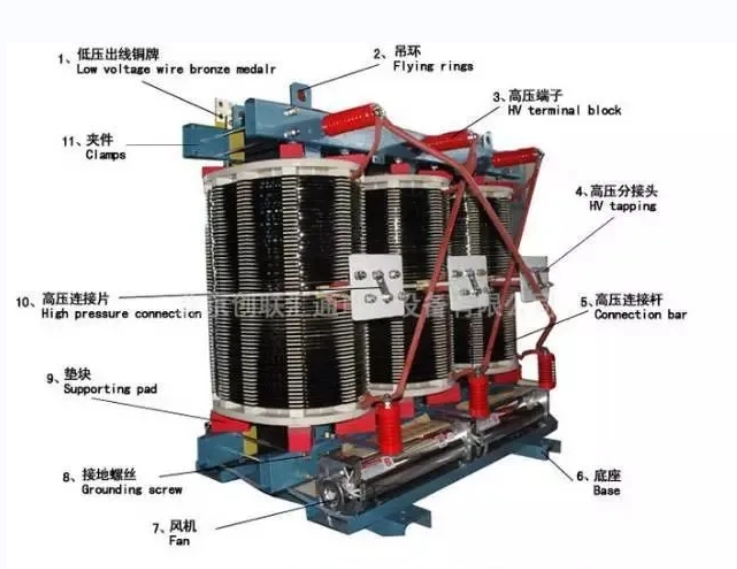
In summary, a transformer operates by inducing a voltage in a secondary coil through electromagnetic induction, transferring electrical energy between circuits, and providing electrical isolation. Transformers are fundamental to the efficient transmission and distribution of electrical power in our everyday lives.
tags:Lightning ProtectionOverload ProtectionShort Circuit Protectiontransformer safety10kV oil-immersed transformer
- more+releated article
- 2025-10-21Application of K Factor Transformer
- 2025-10-21Detailed explanation about transformer model w
- 2025-10-2010kV Oil-Immersed Transformer Safety: Lightnin
- 2025-10-20What are The Advantages of Phenolic Cotton Clo
- 2025-10-17Are Three-Phase Isolation Dry-Type Transformer
- 2025-10-17G10 Epoxy Sheet: Choosing the Right Specificat
- 2025-10-1610kV Oil-Immersed Transformer Operation Inspec
- 2025-10-163240-B Epoxy Phenolic Glass Fiber Cloth Lamina
- 2025-10-15G10 Epoxy Sheet: The Preferred Insulation Mate
- 2025-10-15Analysis of Energy-Saving and Noise Control Te

